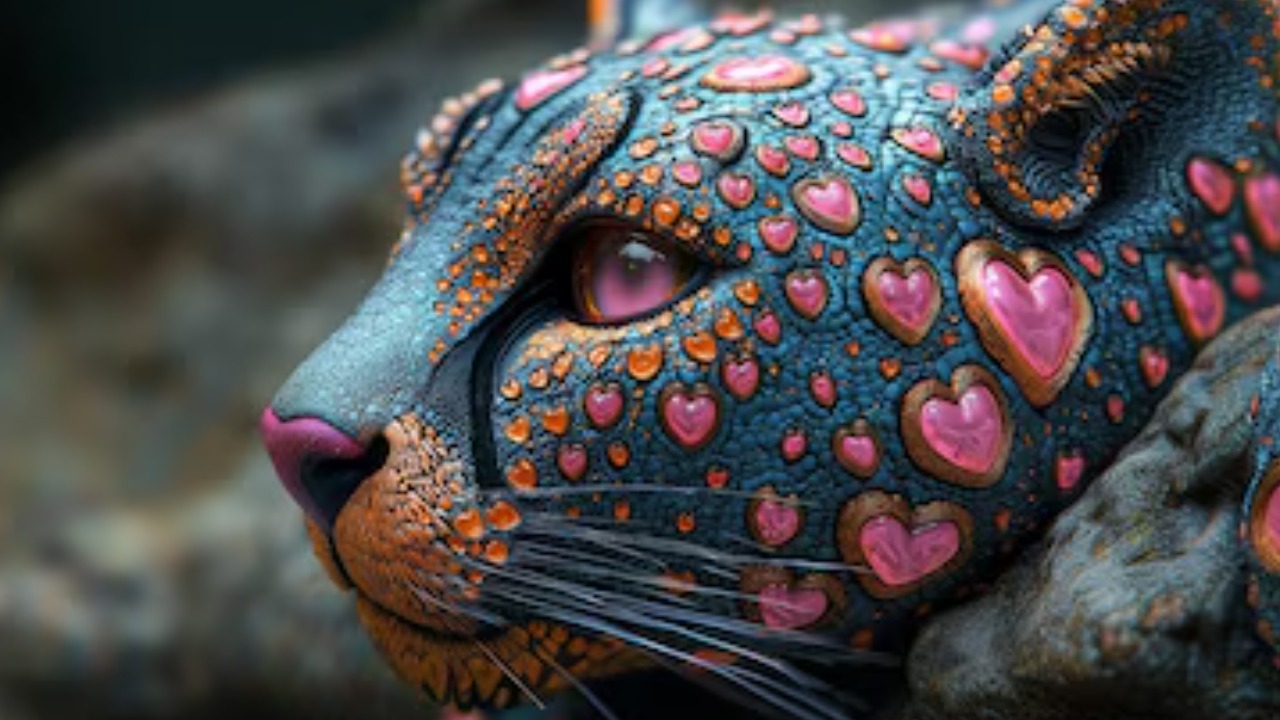
With the advancement of artificial intelligence, the concept of AI-designed animals is no longer relegated to the realm of science fiction. As AI technology continues to evolve, it is opening up new possibilities for creating entirely new forms of life. The implications of these developments are vast, raising questions about potential benefits and ethical considerations.
The Science Behind AI-Designed Animals
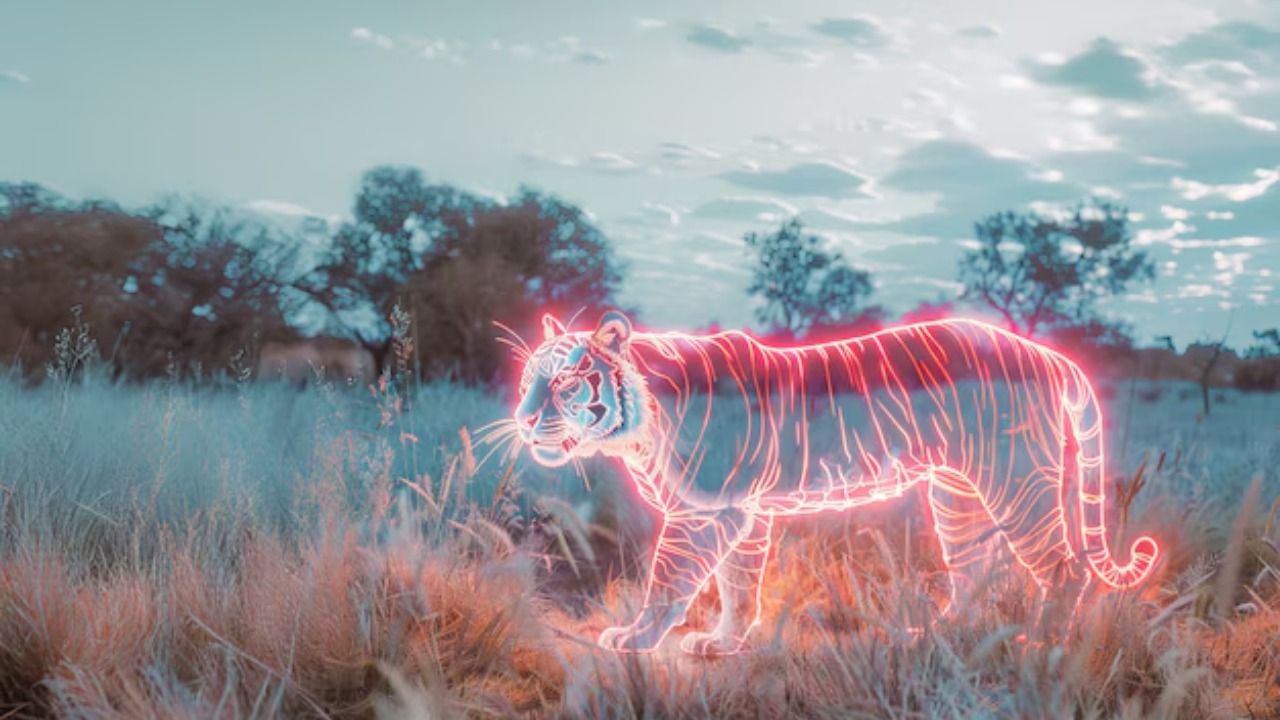
To understand how AI can design new animals, it’s crucial to delve into the specific technologies that make this possible. Neural networks and genetic algorithms are at the forefront of this innovation. Neural networks, which mimic the human brain’s structure, allow AI to learn and make decisions based on vast amounts of data. Meanwhile, genetic algorithms are inspired by the process of natural selection, enabling AI to generate optimized solutions over successive generations. Together, these technologies allow for the design of new life forms that adapt and evolve.
There are already intriguing case studies of AI-designed animals. For instance, Lucasfilm has used AI to generate creatures for the Star Wars universe, showcasing a blend of creativity and technology. In scientific research, AI has been used to design proteins that can counteract snake venom. These examples demonstrate the potential of AI to not only create fictional creatures but also contribute to scientific advancements.
Potential Benefits and Applications
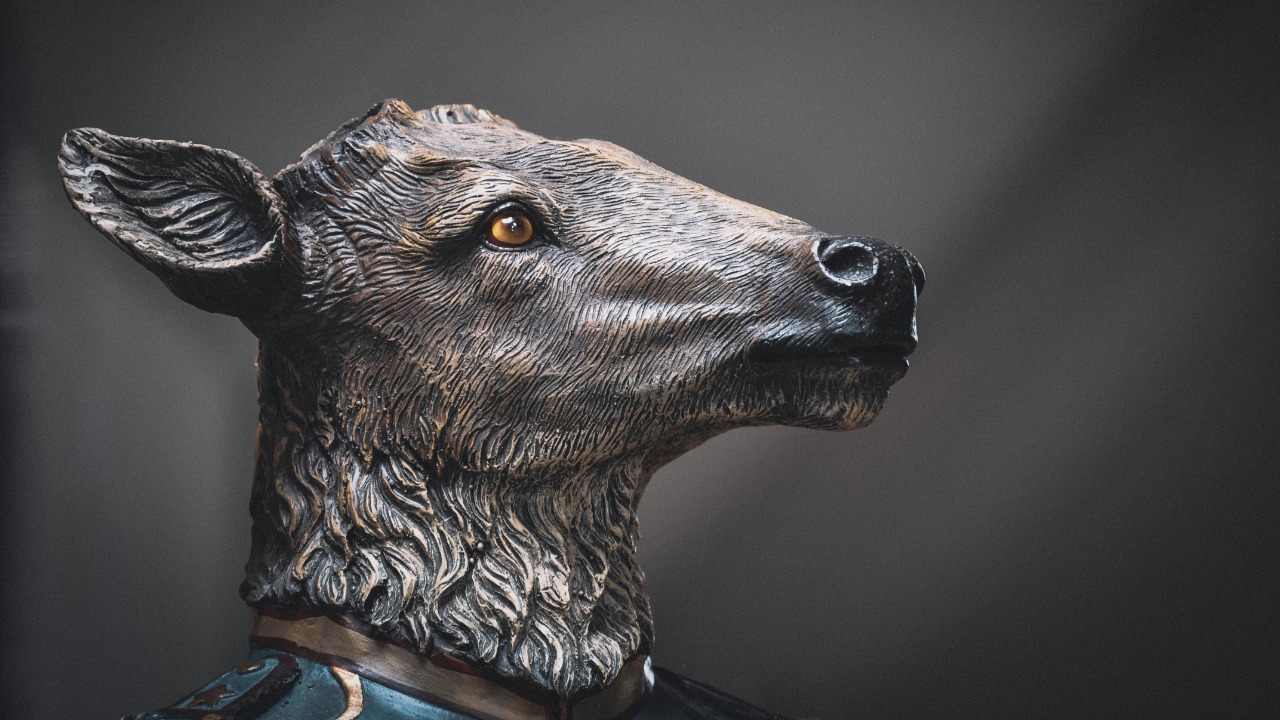
AI-designed animals hold promise for significant breakthroughs in medicine. By developing novel proteins, researchers can create new treatments for various diseases. For example, AI-designed proteins have the potential to neutralize toxins, offering hope for new antidotes against venomous bites. These innovations could revolutionize the pharmaceutical industry and provide solutions for previously intractable medical challenges.
Beyond medicine, AI-created animals could have a profound impact on the environment. They might be engineered to restore damaged ecosystems or control invasive species. Additionally, these animals could be designed to adapt to changing climates, offering a solution to some of the challenges posed by global warming. The potential environmental benefits are vast, but they also require careful consideration of ecological balance and sustainability.
Ethical and Moral Considerations
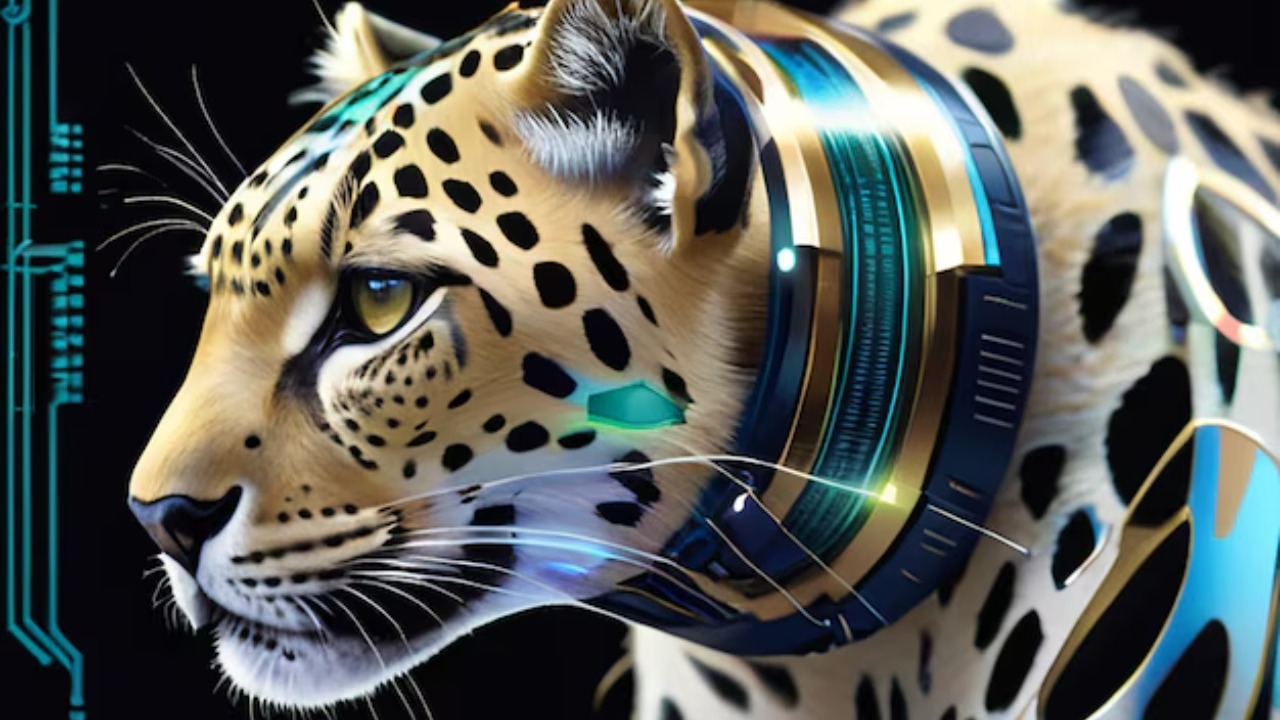
The creation of new life forms inevitably raises ethical concerns. The concept of “playing God” is a recurring theme in discussions about AI-designed animals. There is a fear that unforeseen consequences could arise from tampering with the natural order. It’s crucial to address these concerns by establishing ethical guidelines and ensuring that AI-generated life forms are developed responsibly.
Another important consideration is animal welfare. If AI-designed creatures are sentient, humans have a moral obligation to ensure their well-being. This raises questions about the rights of these new life forms and the responsibilities of their creators. The ethical landscape is complex, requiring input from ethicists, scientists, and policymakers to navigate the challenges of creating sentient beings.
Public Perception and Cultural Impact
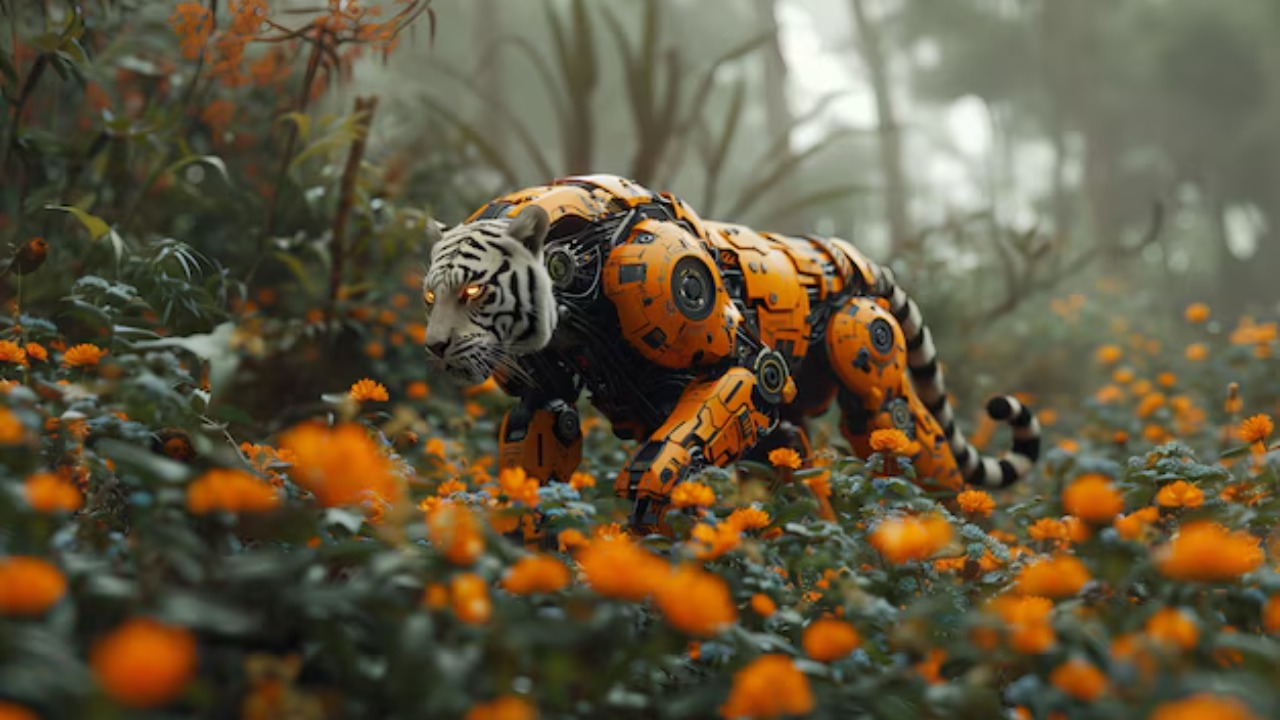
Media representation plays a significant role in shaping public perception of AI-designed animals. Films and literature often depict these creatures in sensationalized or dystopian scenarios, influencing how people view the technology. For instance, reactions to Lucasfilm’s AI-generated animals have been mixed, with some audiences expressing horror at the creations.
Societal reactions to AI-created life are likely to vary across cultures and communities. While some may embrace the potential benefits, others might view it with skepticism or fear. Understanding these diverse perspectives is crucial for developing policies and practices that respect cultural differences and address public concerns.
Future Directions and Challenges
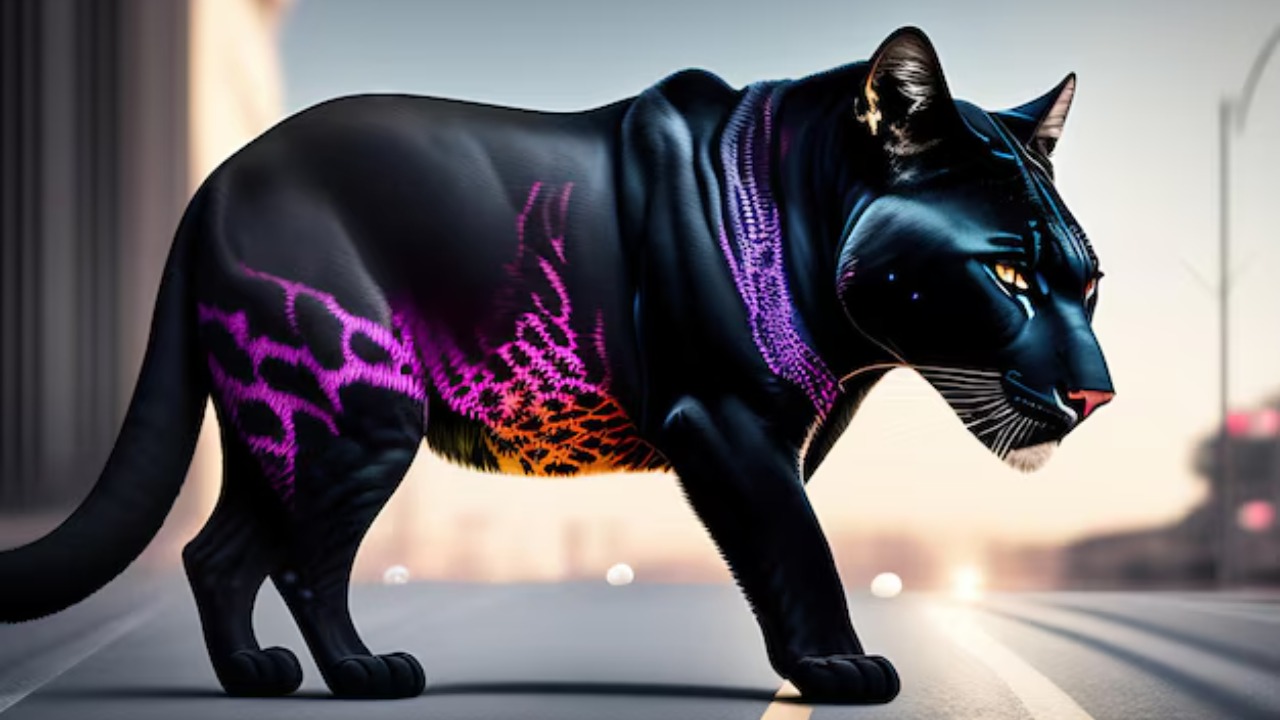
The journey toward AI-designed animals is not without its challenges. Technological and scientific hurdles remain, particularly in understanding the complexities of biology and ensuring the stability of AI-generated life forms. Researchers must also grapple with the limitations of current AI technologies and the unpredictable nature of genetic manipulation.
Regulatory and policy considerations are essential to ensure ethical and sustainable practices in the creation of AI-designed animals. There is a pressing need for international guidelines to govern this emerging field. Policymakers must address the potential risks and benefits while considering the ethical implications of creating new life forms. As we move forward, collaboration between scientists, ethicists, and regulators will be key to navigating the future of AI-designed animals.